What are Photoelectric Sensors?
The basic function of each is to detect the presence or absence of objects, or measure distance to the object. Within manufacturing they help to keep processes running smoothly by providing real time information which can be fed back to the central processing units. Together with other proximity sensors such as; inductive sensors, capacitive sensors and ultrasonic sensors, photoelectric are employed extensively within the automation industry. Their non contact object detection makes them ideal for many of today’s process led industries. They are available in various housings such as, barrel, block and cube sensor options, together with many size variations. The engineer is able to match individual parts of the process with the most suitable sensor.
Through beam Sensors
Through beam sensors are considered to be the most reliable form of photo sensing. The principle relies on two separate housings, one for the transmitter and one for the receiver, with the transmitter providing a continuous beam of light to the receiver. Each time an object passes through the beam this interrupts the path between the transmitter and receiver, which in turn causes the receiver to send an electrical signal to the output. Through beam sensors are capable of detecting almost any object, irrespective of colour or angular motion, and are suited to long sensing distances.
Considerations
For a through beam photoelectric sensor, it is key that the transmitter and receiver are optically aligned before commencing operation. Two opposing mounting points are needed for the transmitter and receiver. Careful consideration must be given to alignment over longer distance.

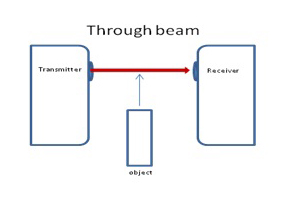
Retro-reflective Sensors
Retro-reflective sensors are easier and less time consuming to install than through beam sensors. Because of this they are a popular choice within industry. Both the transmitter and receiver are contained within the same housing; all that is required is to position the reflector opposite to the sensor. The principle is similar to through beam in that detection occurs when there is an interruption of the light beam between transmitter and receiver. The reflector passes the light beam back to the sensor until an object is present; this breaks the beam and causes the sensor to send an electrical signal to the output.
Considerations
Objects which are highly reflective such as aluminium cans require sensors with polarising filters. Many sensors have polarising filters as standard, but it’s always best to check this. These sensors acknowledge that the reflected light from an aluminium can is different to that from the reflector. The filter within the receiver doesn’t recognise the light from the can; this allows the sensor to detect the cans presence. When using polarised sensors ensure that the reflector is also of a polarised type. There are also specific retro-reflective sensors with are used for transparent object detection.
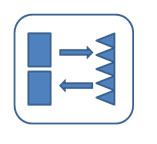
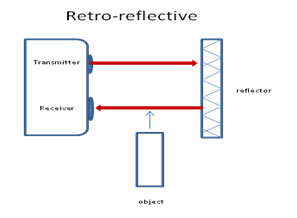
Diffuse Sensors
Diffuse sensors are very easy to install as only one device has to be mounted. This is because the transmitter and receiver are contained within one housing. Unlike retro-reflective, diffuse don’t require a reflector to operate. Diffuse sensors use the reflection from the target object within the pre-determined sensing range. The transmitter sends out a continuous beam of light. Once this hits the target it is diffused in all directions, a part of this light is reflected back and recognised by the receiver, the receiver then sends an electrical signal to the output.
Considerations
Sensors with background suppression employ an adjustable sensing range; these are particularly useful within industry, as you can ignore reflective background objects to ensure that only objects within the sensing range are detected. Industry relies heavily on sensors to monitor all aspects of the industrial process, top brands such as; Omron, Schneider, Pepperl & Fuchs, Erwin Sick, Baumer and Turck Banner to name a few are constantly developing sensors to meet the growing demands of industry. Smaller housings and faster response times, together with improved functionality, are increasing application capabilities, which in turn deliver more efficient automation processes. Sensors are in the front line of automation, and control engineers will continue to consider sensors as the eyes and ears of the industrial process.
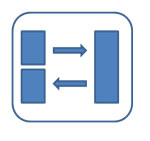
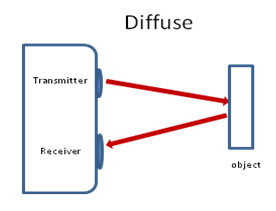
Product spotlights
Motion Sensor
An electronic device capable of converting the movements it senses into electrical signals.
Rocker Switch
One of the most common method of using a rocker switch is on a light switch, but they are in quite a few other devices and applications as well including surge protectors and appliances.
Strain Gauge
Stretching a strip of conductive metal will not only make it longer and thinner, it will result in an increase in electrical resistance from one end of the strip to another.
Screw Extractors
Screws have significant advantages over nails in certain applications.